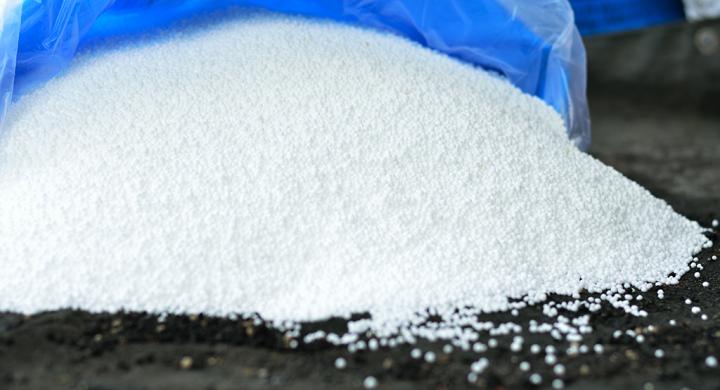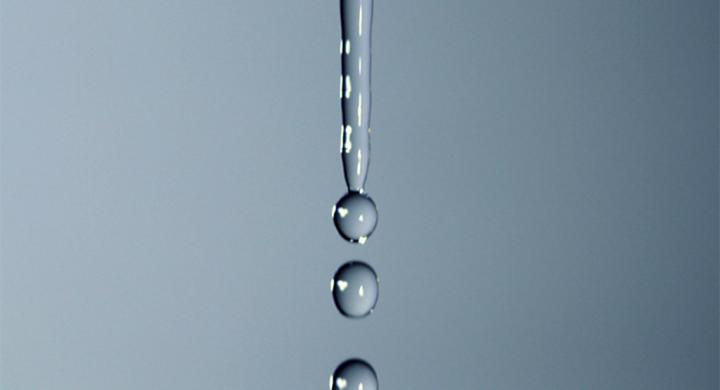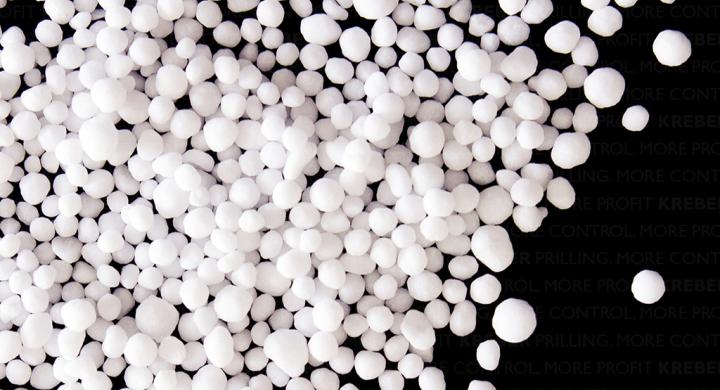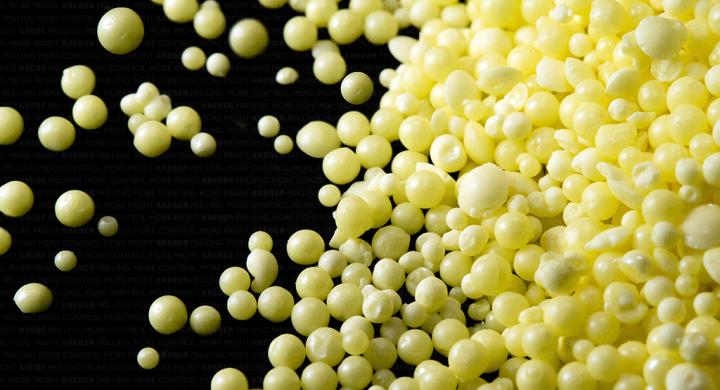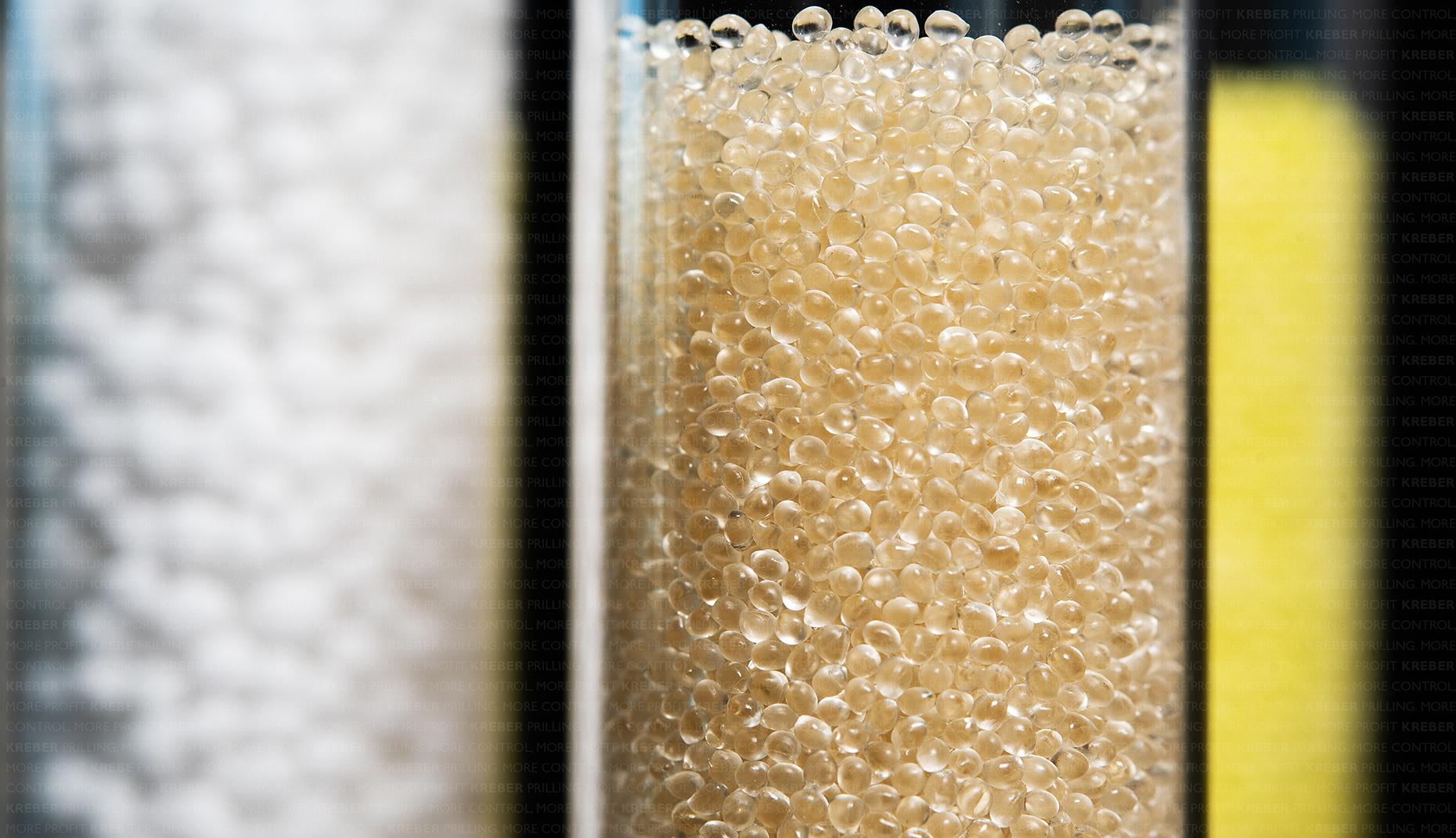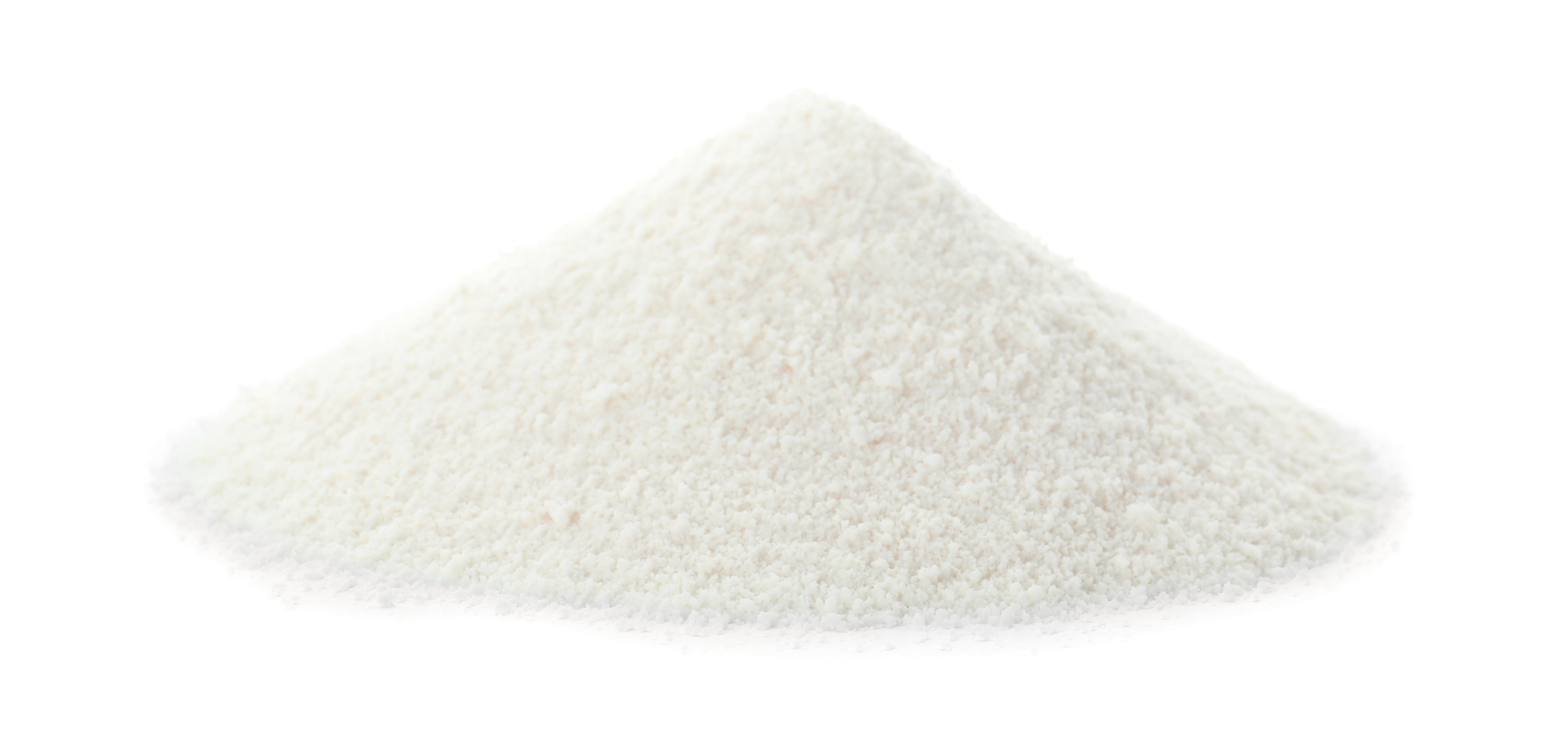Grinding
In the realm of particle technologies, size reduction of solids plays a crucial role in transforming raw materials into refined products with improved properties.
This process involves reducing the size of solid materials to enhance their functionality, facilitate handling, and enable further processing. Among the various techniques used for size reduction, grinding stands as a cornerstone, offering unparalleled precision and versatility.
Understanding Size Reduction
Size reduction is the process of reducing the dimensions of solid materials, resulting in smaller particles or pieces. It encompasses a wide range of operations, including grinding, crushing, milling, cutting, shredding, and more. By breaking down solids into smaller sizes, size reduction facilitates better material handling, increases surface area for efficient reactions, improves uniformity, and enables the extraction of valuable components.
The Role of Grinding in Size Reduction
Grinding, one of the primary methods of size reduction, involves the application of mechanical forces to break down materials into smaller particles. This process utilizes grinding media, such as balls, rods, or abrasive grains, to physically impact, compress, or shear the solid material, resulting in size reduction. The Kreber grinder offers options to break up using mechanical force or knives to reduce the size of the products into a set size and shape.
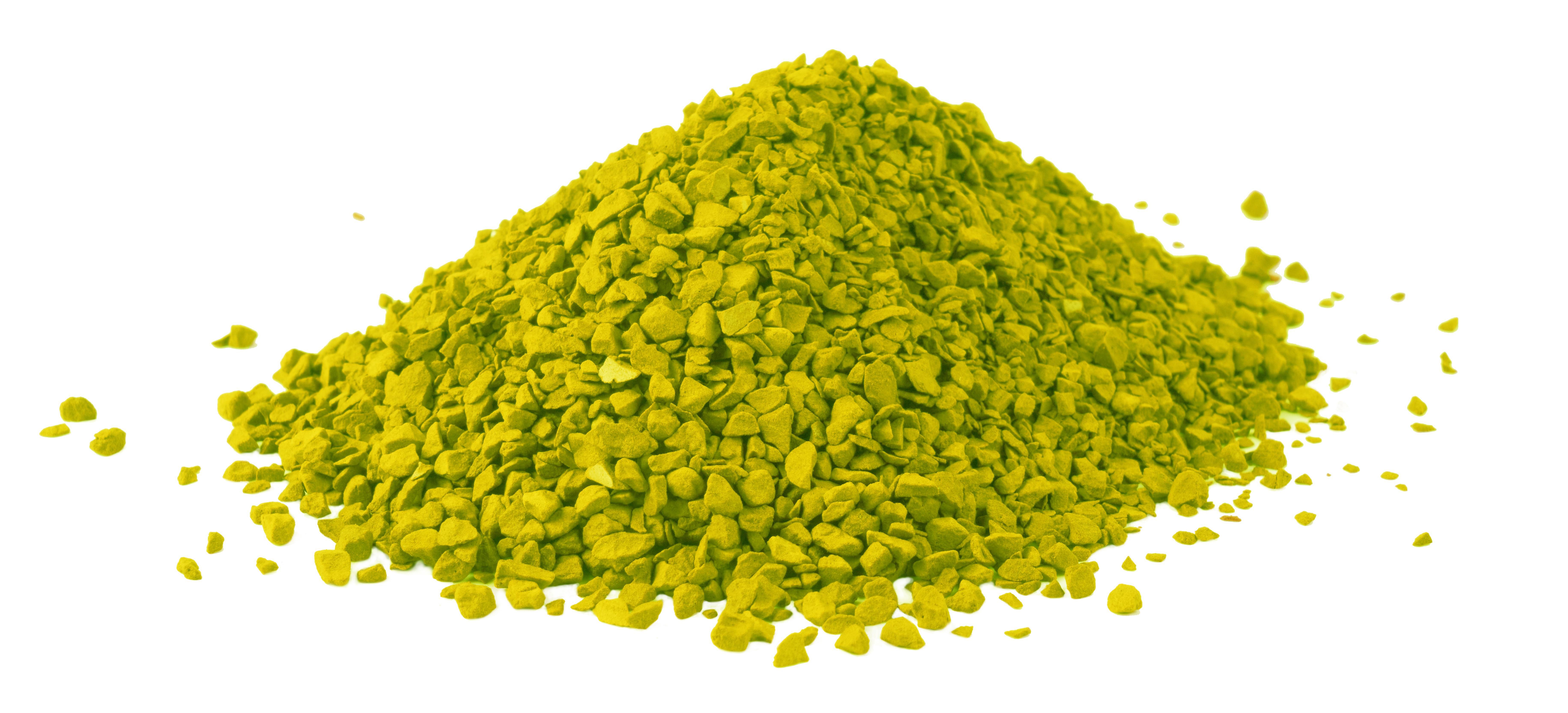
Smaller particles are easier to handle and move around. Grinding makes materials more manageable for transportation and mixing.
Grinding increases the surface area of materials, allowing for faster and more efficient reactions, like chemical reactions or dissolution.
Grinding helps achieve a more uniform particle size distribution, ensuring consistency in the final product.
Grinding can help extract valuable components from solid materials, like minerals from ore or precious metals.
Grinding works with a wide range of materials and allows precise control over the final size, shape, and distribution of particles.
Grinding is a cost-effective method compared to other techniques. It requires less energy and equipment, making it economically viable. By using grinding to reduce the size of materials, we can create refined products with improved properties in various industries such as mining&minerals, food, pharma, chemical & recycling processes.
One of the ways to define yield is by the fraction of the solute in the feed that is ending up in the final product. The fraction of solute in the feed that remains in the solution can then be considered as the loss.
The crystal structure, size, shape and purity can be used to express the particle product quality of a crystalline product. Customer and manufacturer specification for a crystalline product can usually be related to these four product quality aspects.
The crystal structure for instance impacts properties such as solubility, shelf life and bioavailability of a pharmaceutical compound. A crystal size distribution gives information on the collection of crystal sizes in the product, which is for instance an important parameter in determining the dissolution behavior of fertilizers and pharmaceuticals.
The crystal shape can be vital for flow and storage properties of a product. In the food, pharmaceutical and fine chemical industries high levels of purity are desired. For instance, impurities from side reactions during the synthesis of an active pharmaceutical ingredient could lead to unwanted additional biological activity of the administered drug if they end up in the final product.
Analytical techniques can be employed to measure and control particle product aspects throughout the manufacturing process.
Process parameters have a strong impact on the particle product quality. By understanding the relationship between process parameters and particle characteristics, manufacturers can optimize their processes to consistently produce high-quality particle products.
A higher supersaturation during a crystallization process might for instance lead to a larger nucleation rate and therefore more particles and a product with a smaller average size. However, a higher supersaturation speeds up crystallization, increasing productivity.
MicroPrilling Units
The Kreber MicroPriller is an all-in-one solution for transforming molten materials into solid powders with enhanced functional characteristics, including increased solubility or encapsulation of active ingredients.
Operating from a melt-in to powder-out battery limit, the Kreber MicroPrillers handle all necessary processes within the equipment itself, such as cooling, emission treatment, and reintroduction of the cooling medium (e.g., air, nitrogen, or other gases). This closed-loop configuration ensures near-zero emissions to the environment. Our MicroPrilling equipment is designed to be flexible, low-maintenance, and scalable, supporting capacities of up to 15 tons per hour.
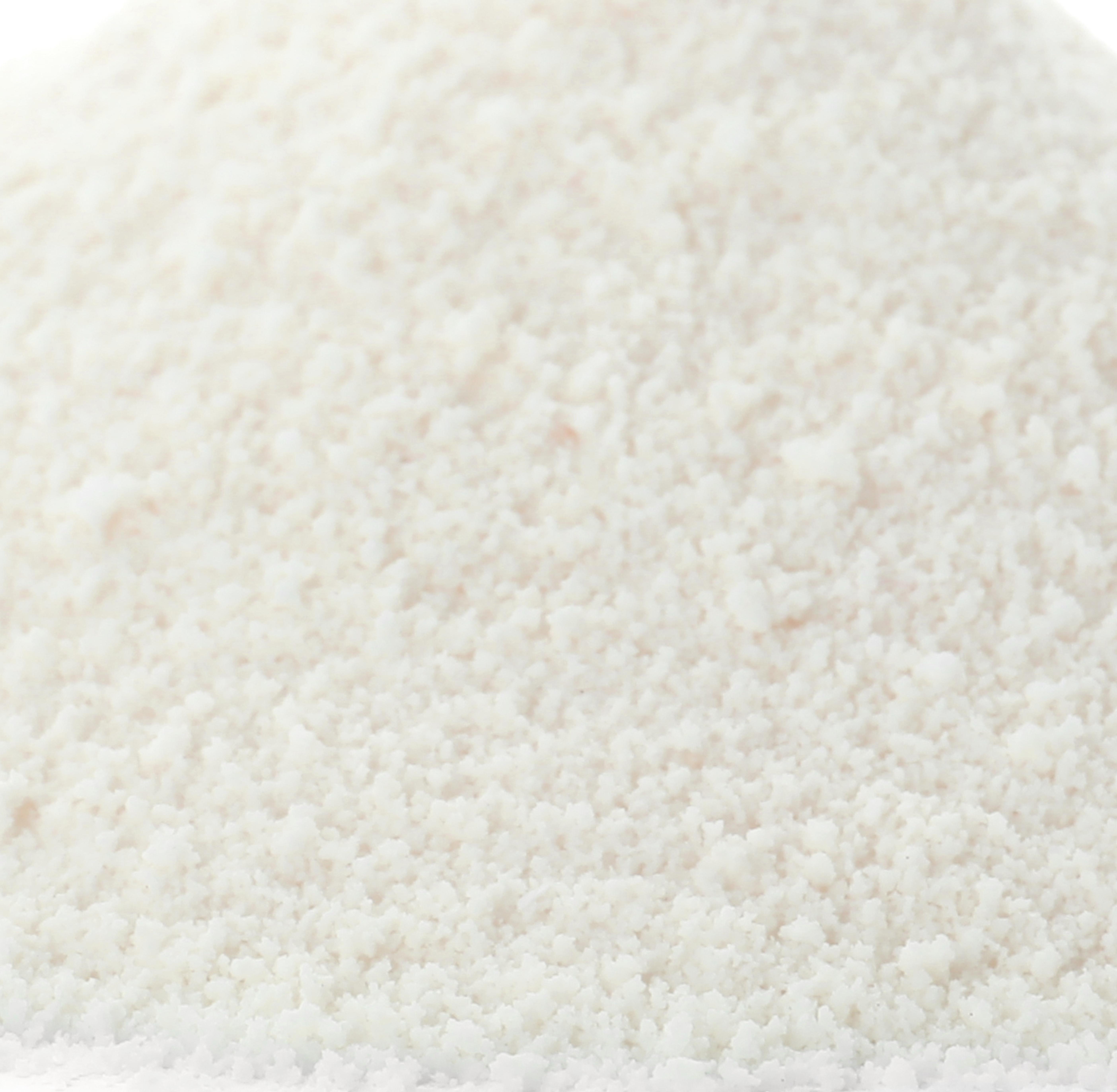
Full Package Overview
An overview of our full package for a Spray congealing unit
Atomizer
The atomizer nozzle breaks up the melt or slurry in small pre-defined droplets.
Cooling chamber
Inside the cooling chamber the droplets are contacted with a co-current gas cooling stream, allowing for rapid solidification.
Powder collection
The product is caught in a product cyclone, allowing for easy collection of the powder.
Bag filter
A bag filtering section is used to clean up any remaining particles from the air stream.
Heat exchanger
Just prior to re-introduction in the spray chamber, the cooling medium is cooled back to its operational temperature, allowing for closed loop operation.
Special options
Special options include ATEX equipment, encapsulation options, different cooling media.

